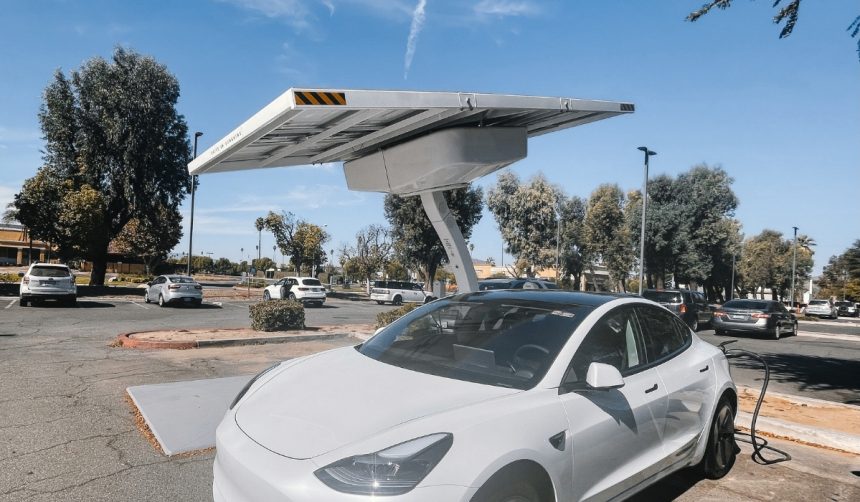Tesla’s decision to bring its Live Availability Supercharging feature to Google Maps signals a shift in how electric vehicle owners can access real-time information beyond the confines of Tesla’s native interface. This update could influence charging behavior by making station status data easily accessible for drivers of both Tesla and select non-Tesla EVs. By broadening visibility for charger availability, the feature may foster improved charging logistics and help address congestion at peak times, benefiting a larger share of EV users. Owners now have another tool to minimize wait times and plan their trips more efficiently.
When Tesla first introduced live Supercharger status, it was only available within its own cars and app ecosystem, mostly benefiting Tesla drivers. Information about stall availability at stations often wasn’t accessible to owners of other brands, particularly if they relied on platforms such as Android Auto or Apple CarPlay. Recent moves indicated an increasing openness of the Supercharger network to non-Tesla EVs, but the lack of transparent data remained a frequent point of frustration during high-usage periods. Other charging networks have also experimented with status-sharing to improve user experience, yet Tesla’s existing visual mapping and live updates have been considered more dynamic.
How Does the Live Availability Feature Work?
The Live Availability feature now displays the real-time number of open stalls at Supercharger locations through Google Maps. Users can see a numerical icon indicating available charging spaces, which allows drivers—regardless of the vehicle brand—to gauge congestion before arriving. This feature targets wait time reduction and aims to make route planning smoother during busy hours.
What Does This Mean for Non-Tesla EV Owners?
Drivers using vehicles supported by Android Auto, along with other non-Tesla owners, can benefit from the same transparency that Tesla owners have enjoyed. For drivers previously left guessing about Supercharger status, especially those traveling longer distances or sharing busy urban networks, this feature introduces greater predictability. Tesla’s move reflects growing cross-compatibility trends as more automakers adopt Tesla’s charging standards for broader public charging access.
Will The Feature Expand to Other Platforms?
Current updates are integrated with Google Maps, while Apple Maps users are still awaiting similar capabilities. Although Tesla frequently prioritizes iOS for feature rollouts, Android Auto users received this update first—a shift from company tradition. Many anticipate additional expansions, as broader platform availability could further reduce congestion and uncertainty for millions of EV owners.
Live availability of Superchargers now in Google Maps
Tesla stated in an official post on social media. The company also highlighted the broader goal, saying,
This new feature makes the entire experience better for all owners, especially as there is more transparency regarding the availability of plugs at Supercharger stalls.
Continuous refinements are expected as Tesla responds to growing user demand across EV platforms.
EV owners will likely welcome further advancements in information sharing, as timely updates about charging infrastructure support trip planning and reduce surprises. By observing the direction Tesla is taking—including expanding interoperability and transparent data—drivers and industry observers can better anticipate future service improvements. Understanding which software and mapping platforms are prioritized can also inform purchase and use decisions for those considering different EV models and daily charging needs.










